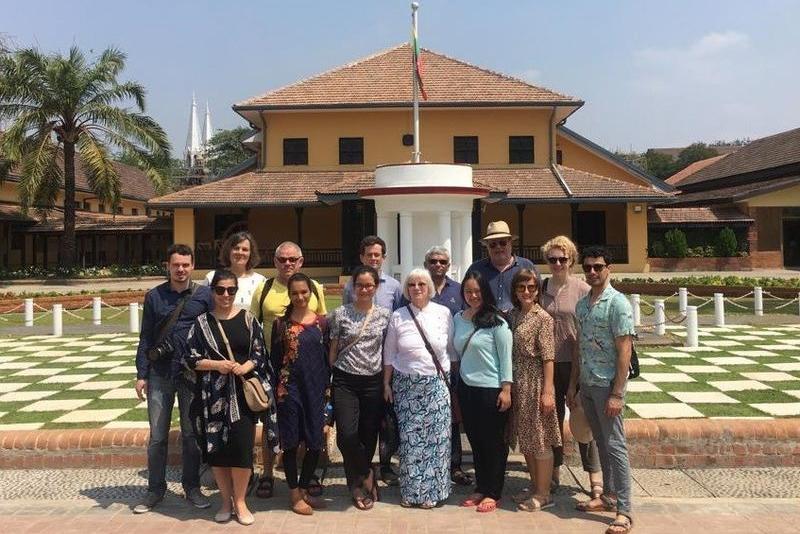Excursion on Southeast Asian Urbanism and Colonial Heritage 2019

Major parts of Southeast Asia were colonized by European powers. The period of colonization in this region has left its mark on the people, culture and architecture alike. To analyze the latter, Professor Rüdiger Korff encouraged a selection of students to participate in a two-week excursion from March 25 to April 7, 2019 in order to trace back colonial heritage in the Southeast Asian urban environment. Our excursion took a start in Yangon, the former capital of Myanmar. This remarkable country is a special case in the Southeast Asian context due to its decade-long isolation. The democratization process since 2011 opened the nation to the outside world and enabled a more profound cultural exchange. Yet, we can tell that the city of Yangon has retained its unique beauty and mysticism. We continued the research in Penang, Malaysia, which has declared its colonial downtown area a UNESCO heritage site in order to preserve it. As we had been staying in Kuala Lumpur prior to Penang, we could identify the stark contrast between hypermodern urban development and clinging to historical heritage. Through individual research, each individual of our group explored the city in order to identify colonial buildings. Each one has its own story to tell, especially how and why it has survived more than a century of inhabitation or usage. In general, the key word to summarize the excursion is ambivalence. Renewing cities for the sake of development and preserving historical assets are incredibly difficult to balance. Every decision has to be viewed from multiple perspectives and concessions have to be made. For us students, this excursion is the very start of a continuous thought process and a particularly insightful experience for history, urbanism and struggles in Southeast Asia.

